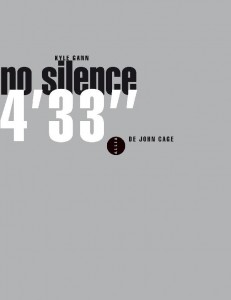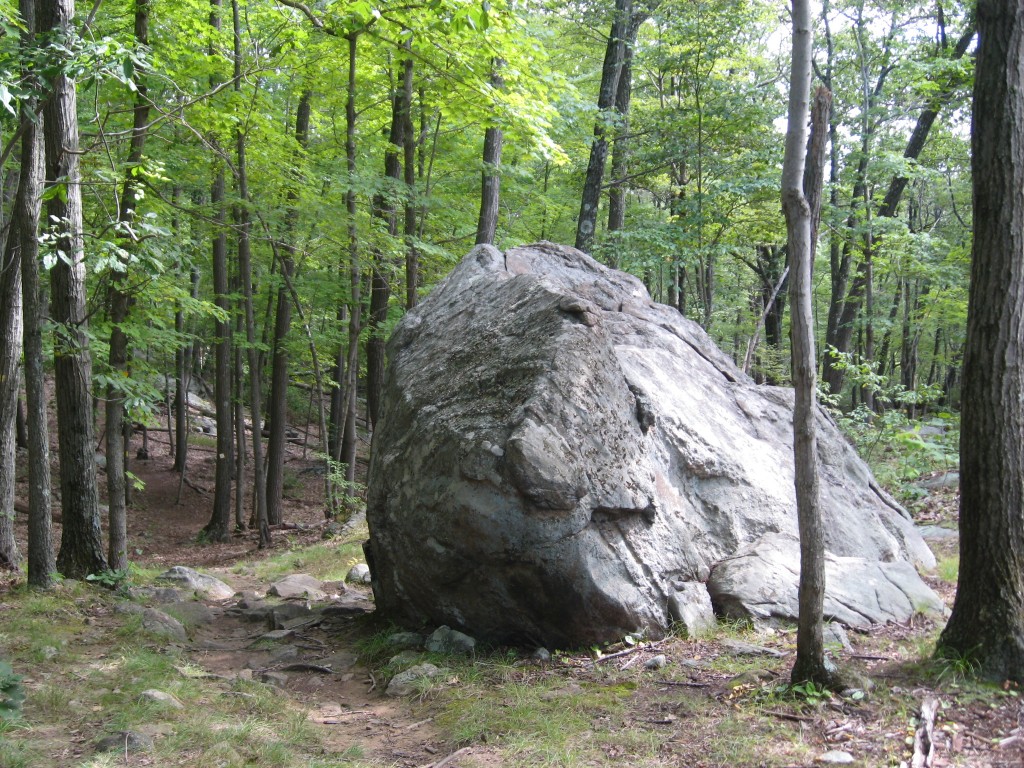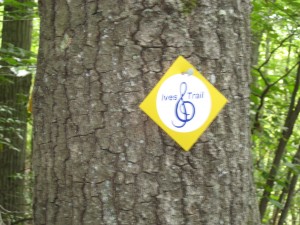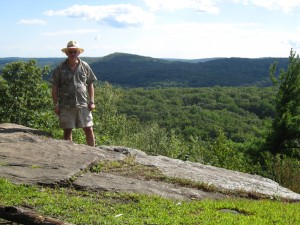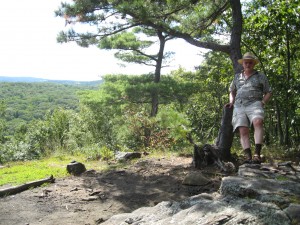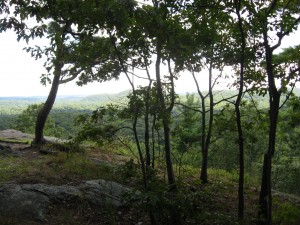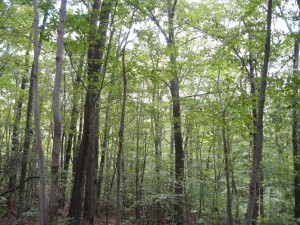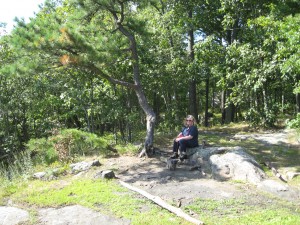“[Composer Rinaldo Di Capua] thinks composers have nothing to do now but to write themselves and others over again, and the only chance they have for obtaining the reputation of novelty or invention must arise either from the ignorance or want of memory in the public – as everything both in melody and modulation that is worth doing has already been done over and over again.”
– Charles Burney, Music, Men, and Manners in France and Italy, 1770
It’s every bit as true now as it was then.

